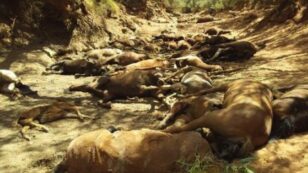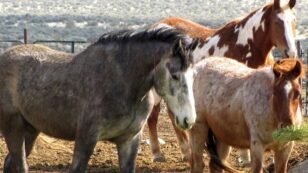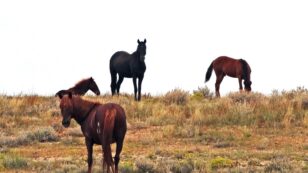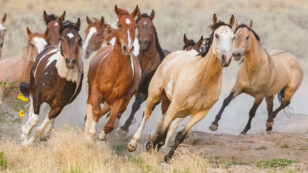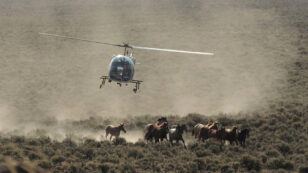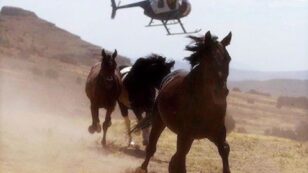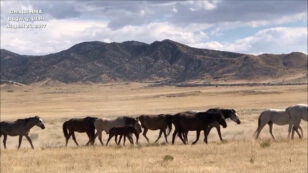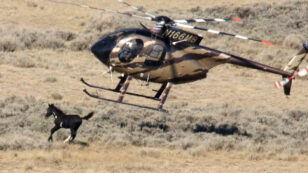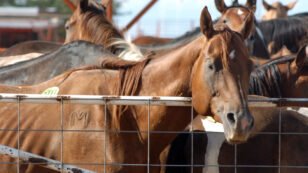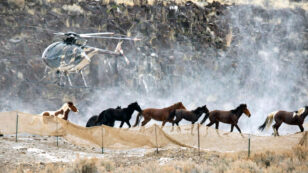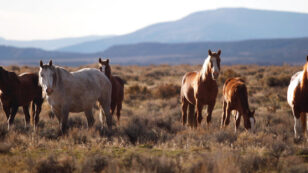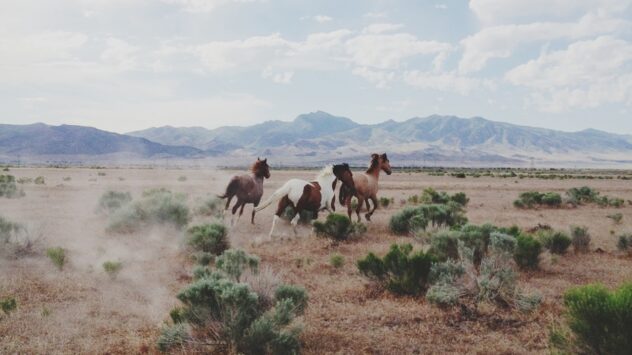
Kicking Up Controversy With Wild Horses in the West
By Kang-Chun Cheng Modoc County lies in the far northeast corner of California, and most of its 10,000 residents rely on cattle herding, logging, or government jobs for employment. Rodeos and 4-H programs fill most families’ calendars; massive belt buckles, blue jeans, and cowboy hats are common attire. Modoc’s niche brand of American individualism stems […]

 233k
233k  41k
41k  Subscribe
Subscribe 
